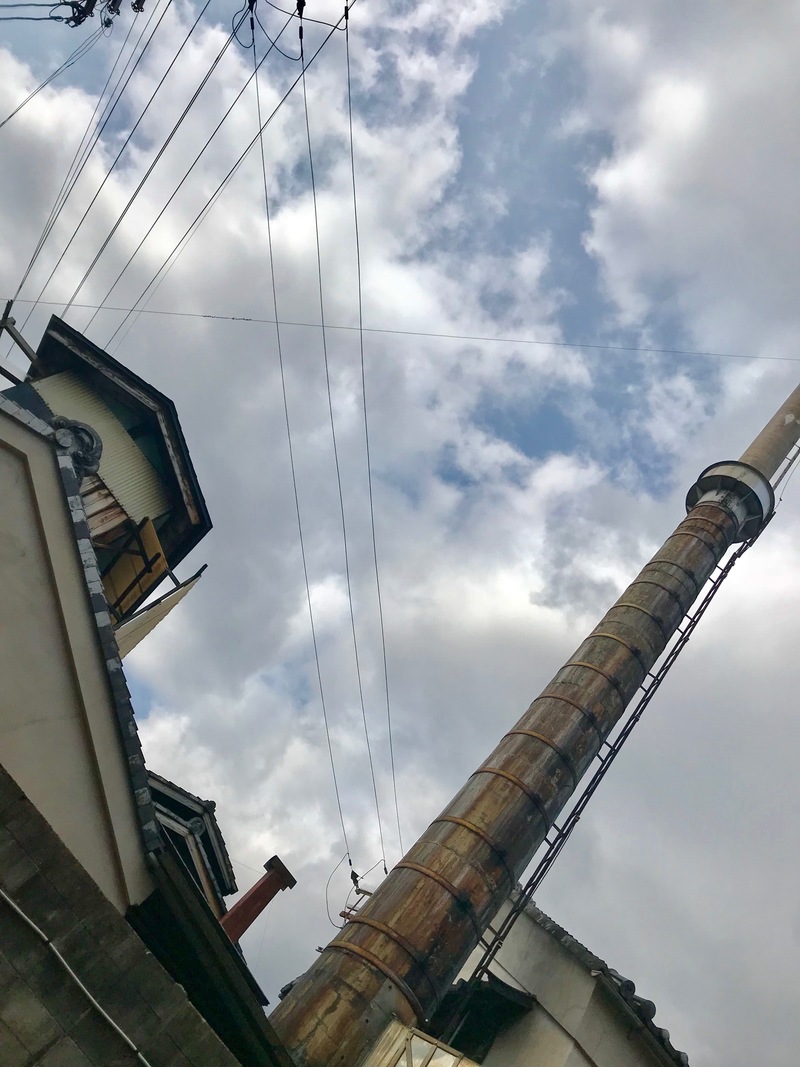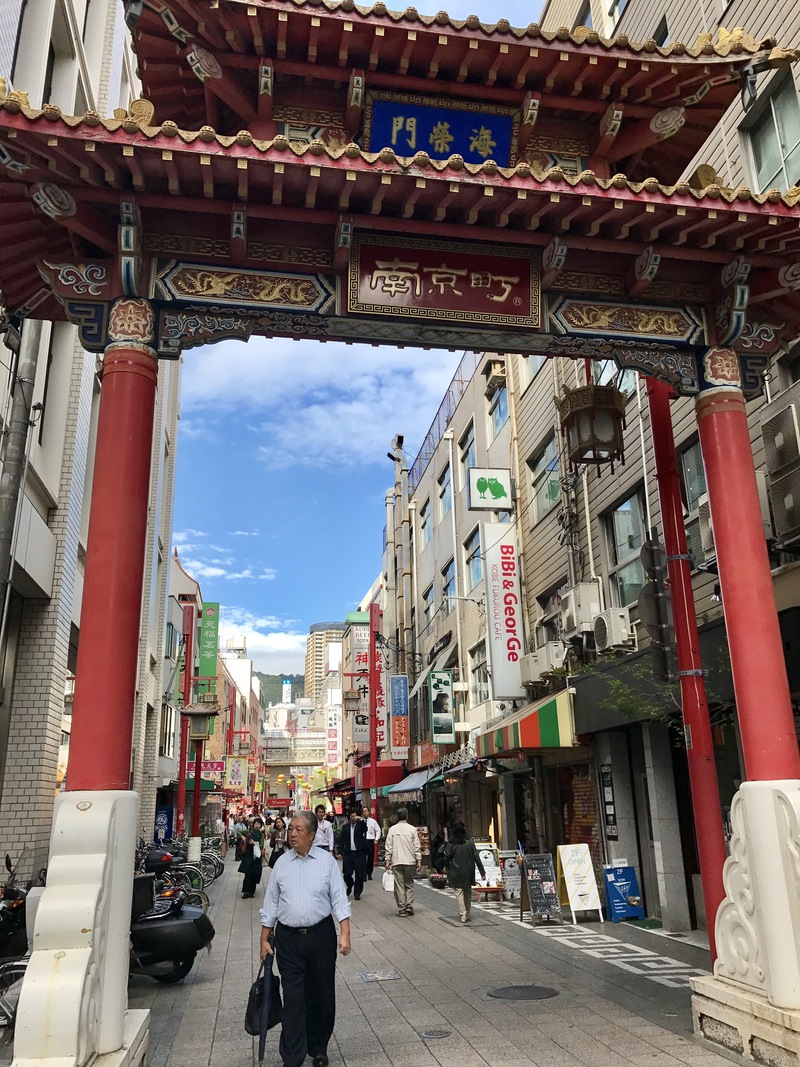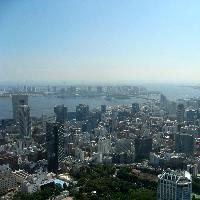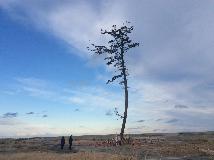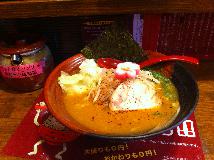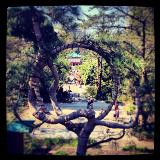What are sonic contours?
Contours have been described in various ways within different disciplines, but they are most often associated with visual stimuli. Kent Stevens describes a surface contour as the ‘image of a curve across a physical surface’ that can be formed by a shadow, a marking or a wrinkled seam on a physical shape (1981: 47), but ‘for every physical curve that has some neat geometric restriction, one may find another curve that is unrestricted, which meanders across the surface arbitrarily’ (49). By stretching the imagination to conceive of contours as created by sonic waves, we mobilise the notion of sound contours term in this book on sounds and silences for both descriptive and analytic use. The term contours refers simultaneously to sonic qualities moving through various environments media and to the ways in which sound in context shapes, and relies upon, the contours of human experience and relations. Sound vibrations move through the spaces we inhabit, and sound waves bounce and reverberate against physical objects. Sound waves are affected by air pressure and the temperature; accordingly, they are perceived through various abilities and propensities. Some contours are easily followed; for example, a train passing creates a wave of sounds connected to the motion of the train, confirmed through a potpourri of senses. Other sonic contours are less evident, as the space they travel through is less linear and not always associated with discernable movement. Each sonic contour emerges, and dissipates, in different ways for different listeners. For example, take the bird sounds which are broadcast at many Japanese train stations as guides for visually impaired persons. For those in the know, there is no question about the intent and purpose of these sounds in guiding movement and communicating to large populations traversing through the stations. For those lacking background information, however, the recorded bird song emerges from the platform and evaporates into the air with no visual confirmation of its source. ‘Was that a real bird?’, they might ask. Unsure of the sound’s origin, whether it was a true bird or a recording of a bird, and what the relevance is of that sound in that space, the stranger has to create his/her own meaning. Different interpretive regimes colour our perceptions of these sounds, and their contours. Our experience of sound is informed by practical knowledge as well as emotions and associations. Contours of sound emerge from and move around bodies in different ways due to different capacities, histories and requirements of the moment.
Reference cited
Stevens, K. A. 1981. The Visual Interpretation of Surface Contours. Artif. Intell. 17(1-3), 47–73.


